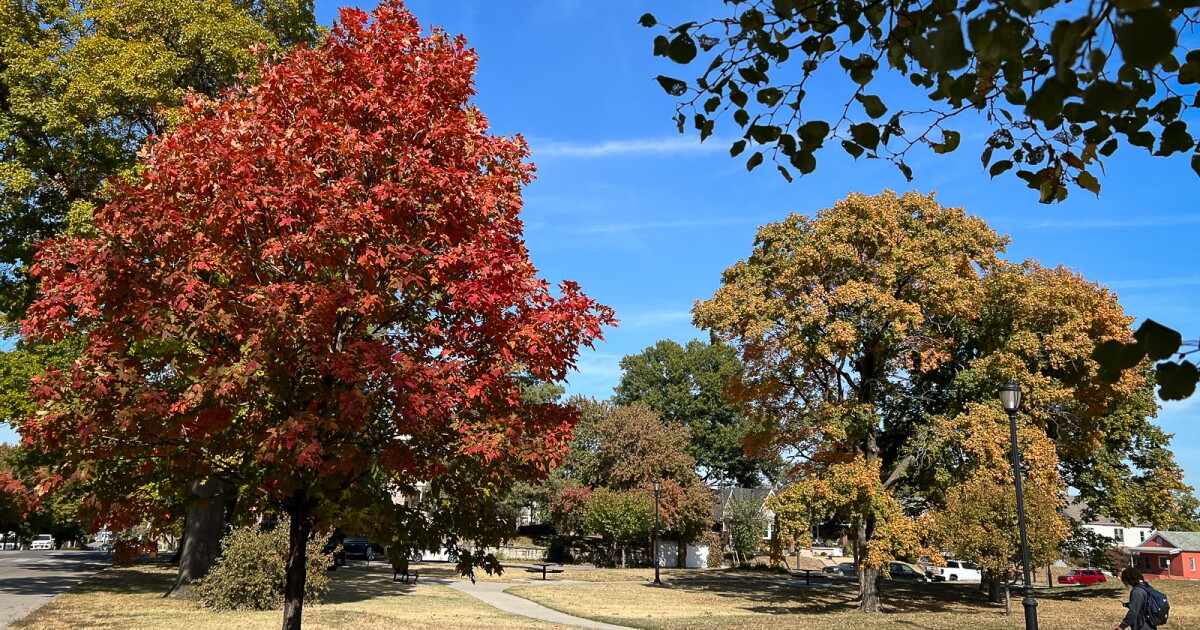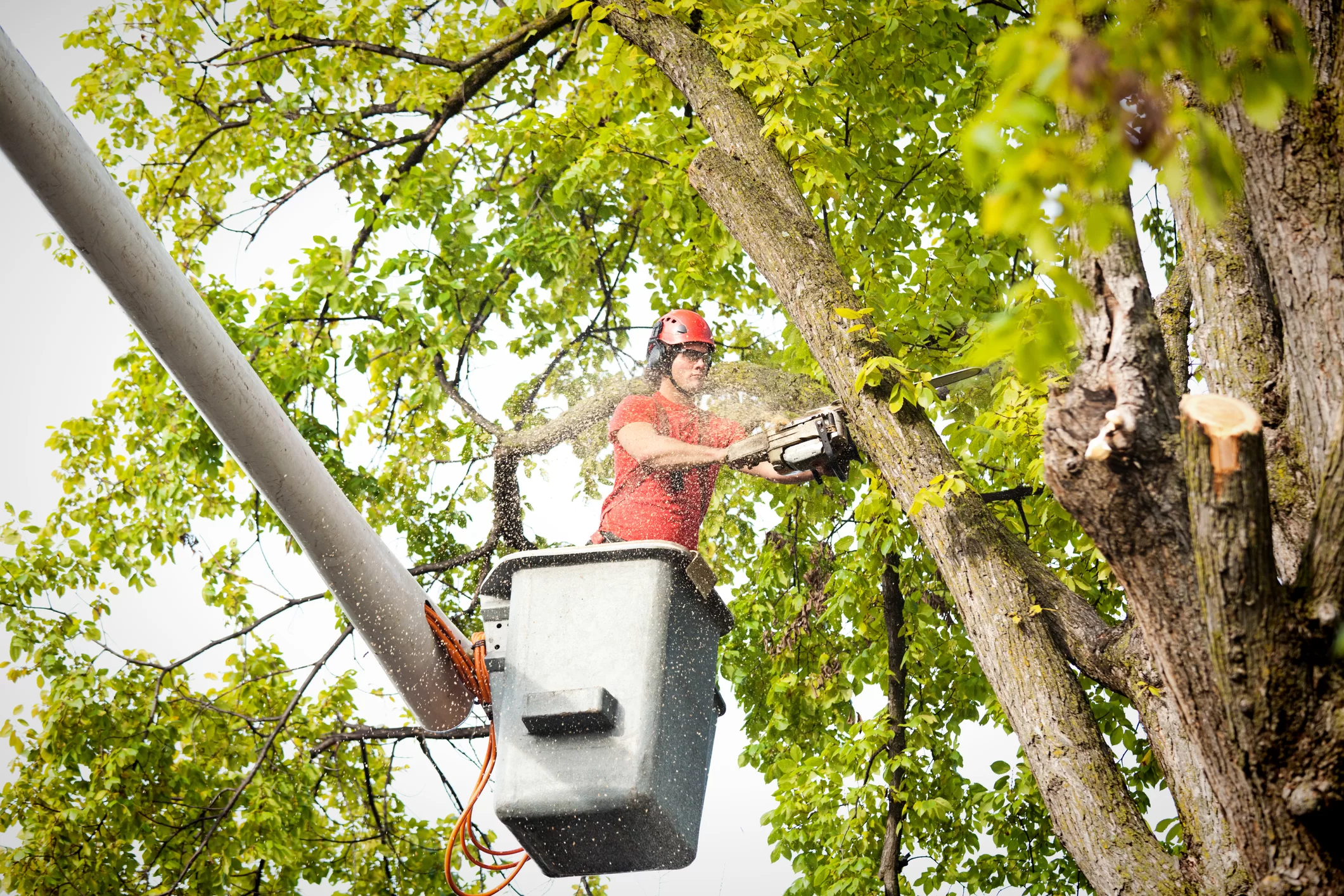Timing matters when it comes to tree removal in Kansas City. While emergency situations require immediate action regardless of season, planning ahead allows you to choose the optimal time for safe and efficient tree removal.
Winter: The Perfect Season for Tree Removal
Kansas City winters create ideal conditions for tree removal. During the dormant season, trees shed their leaves, making them lighter and easier to handle. The frozen ground provides stable conditions for heavy equipment, minimizing damage to your lawn. According to the Kansas City Parks and Recreation Forestry Division, winter removal also reduces the risk of disease spread and pest infestation.
Many local tree services offer winter discounts, making it cost-effective to schedule removal during these slower months. The Missouri Department of Conservation recommends winter for major tree work when possible.
Spring Advantages
Early spring, before full leaf development, offers another excellent window for tree removal. The ground has thawed but remains firm, and clearer weather patterns make work more predictable. Spring removal also allows for immediate replanting, taking advantage of the growing season. The Johnson County K-State Research and Extension provides helpful guidance on spring planting after tree removal.
Summer and Fall Considerations
Summer tree removal in Kansas City presents unique challenges. Full foliage makes trees heavier and more difficult to manage, while high temperatures can complicate the work. However, summer offers better visibility for assessing tree health and identifying potential issues.

Fall removal makes sense when preparing for winter storms or addressing disease concerns. The Kansas Forest Service offers resources on identifying tree problems that might necessitate fall removal.
Emergency Situations Don’t Wait
Some circumstances require immediate action, regardless of season:
- Storm damage threatening structures
- Disease or pest infestations that could spread
- Trees interfering with power lines
- Structural failure risking safety
For emergency situations, contact Kansas City Power & Light (Evergy) immediately if power lines are involved, and reach out to certified arborists who provide 24/7 emergency services.
Local Regulations and Requirements
Before removing any tree in Kansas City, consider these important factors:
- Check with your local municipality about permit requirements
- Verify HOA regulations regarding tree removal
- Contact Missouri One Call for utility marking
- Review Kansas City’s tree preservation ordinances
Professional Assessment
A certified arborist can evaluate your specific situation and recommend the best timing for removal. They’ll consider:
- Tree health and structural integrity
- Proximity to structures and utilities
- Site access requirements
- Soil conditions and landscape impact
- Safety considerations
Planning for Success
When scheduling tree removal, follow these steps:
- Obtain professional evaluation
- Secure necessary permits
- Choose optimal timing based on conditions
- Prepare the site for equipment access
- Plan for stump removal or grinding
- Consider replacement planting options
Making the Right Choice
While winter typically offers the best conditions for tree removal in Kansas City, your specific circumstances might suggest a different timeline. Consider factors like:
- Tree species and condition
- Property layout and access
- Budget considerations
- Replanting plans
- Weather patterns
The key is balancing these factors with safety requirements and local regulations. When in doubt, consult with certified arborists who understand Kansas City’s unique climate and tree care needs.
Frequently Asked Questions
Yes, winter is often ideal for tree removal in Kansas City. Dormant trees are lighter, frozen ground provides stability for equipment, and services typically offer better rates.
Permit requirements vary by location and tree size. Check with your local municipality and HOA before removal, as some areas require permits for certain trees.
Most residential tree removals can be completed in one day, though large trees or complex situations may require multiple days.
Factors include tree health, season, weather conditions, accessibility, proximity to structures, and local regulations.
Yes, trees can be removed in summer, though it may be more challenging due to full foliage. Emergency removals are performed year-round when necessary.
